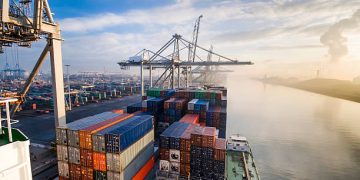The U.S. administration has lifted tariffs on more than 200 agricultural products after determining that these items are not produced domestically in sufficient quantities. The tariffs were originally implemented under the International Economic Powers Act (IEEPA) as part of the administration’s “reciprocal tariff” program. The decision to remove certain duties comes as the U.S. Supreme Court examines whether the president has the authority to impose broad global tariffs under the IEEPA.
The Supreme Court heard oral arguments on November 5, 2025, in consolidated cases challenging the legality of the tariffs. Lower courts previously ruled that IEEPA does not grant the president power to impose wide-ranging duties, stating that authority over taxation lies with Congress. During the hearing, Justices questioned the scope of presidential power, the statutory interpretation of IEEPA, and the balance of responsibilities between Congress and the Executive Branch. A ruling is expected in early 2026.
The review applies only to tariffs issued under IEEPA and does not affect duties imposed through other legislation, such as Section 232 tariffs on steel, aluminum, vehicles, and timber.
On November 14, 2025, the administration issued an additional order removing reciprocal tariffs on a range of food imports, including beef, tomatoes, fruit, coffee, tea, and certain fertilizers. Officials noted that the adjustments were based on current domestic production capacity and market demand. The changes are expected to have limited direct impact on Canada because most Canadian agricultural products qualify for exemptions under the Canada-United States-Mexico Agreement (CUSMA).
While the tariff removal signals a shift in agricultural policy, Canadian producers still face uncertainty as the legal outcome of the IEEPA cases remains unresolved. A Supreme Court decision that upholds the tariffs could strengthen the administration’s approach to future duty measures. Conversely, if the Court rules that the tariffs exceeded presidential authority, further adjustments may follow. Industry-specific tariffs under other laws would remain available regardless of the outcome.
Analysts suggest that easing agricultural tariffs may reflect broader efforts to address concerns about food prices, supply conditions, and ongoing trade negotiations. Canadian exporters, however, continue to navigate a fluid tariff environment shaped by policy changes, legal proceedings, and evolving bilateral dynamics.
#SupplyChainNews #TradeUpdate #TariffPolicy #AgricultureTrade #GlobalBusiness #InternationalTrade #MarketTrends #EconomicPolicy #FoodImports #TradeRegulation

















